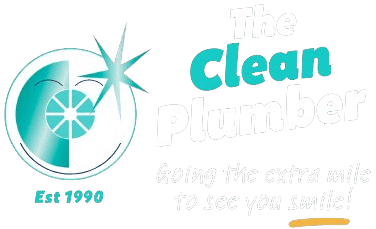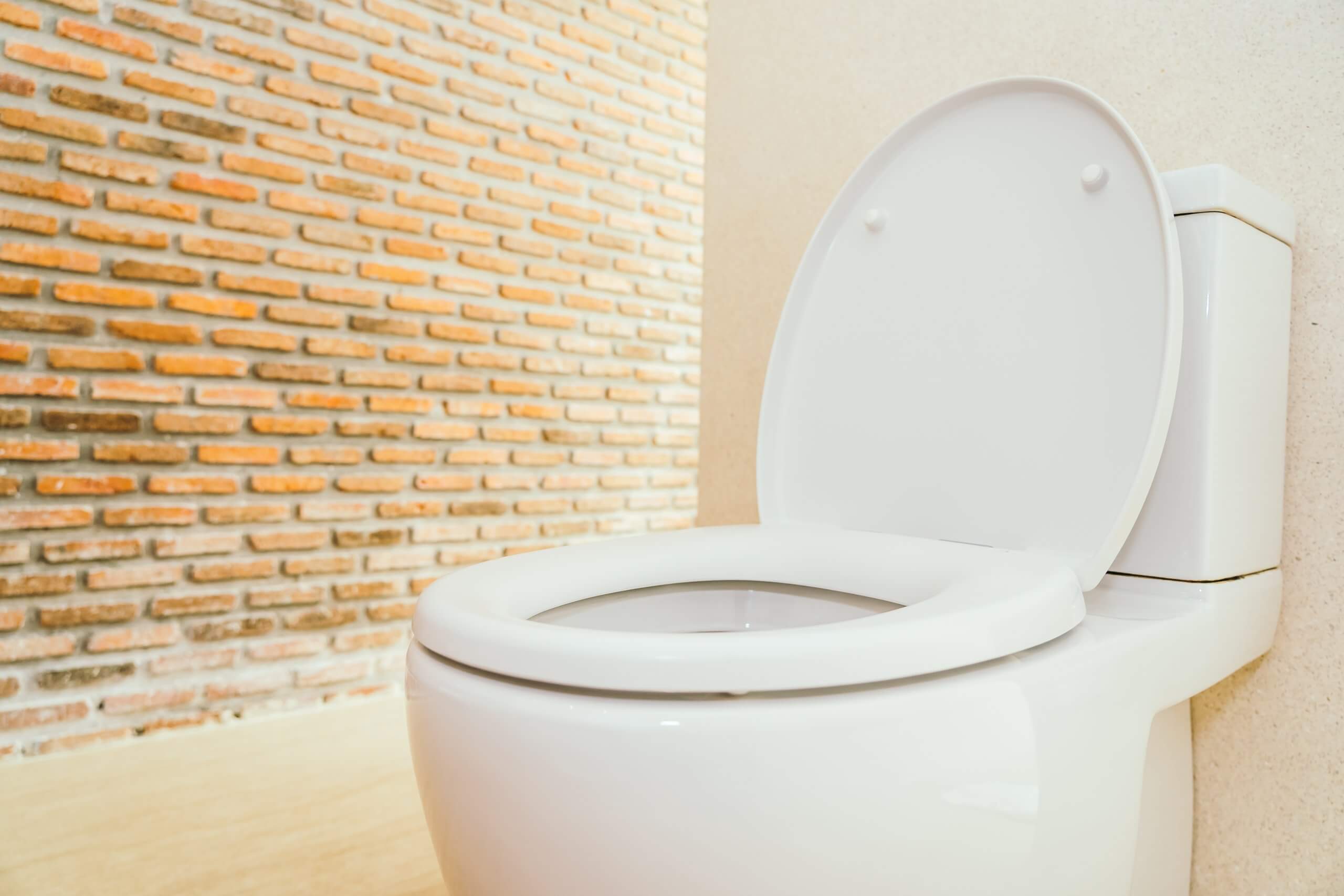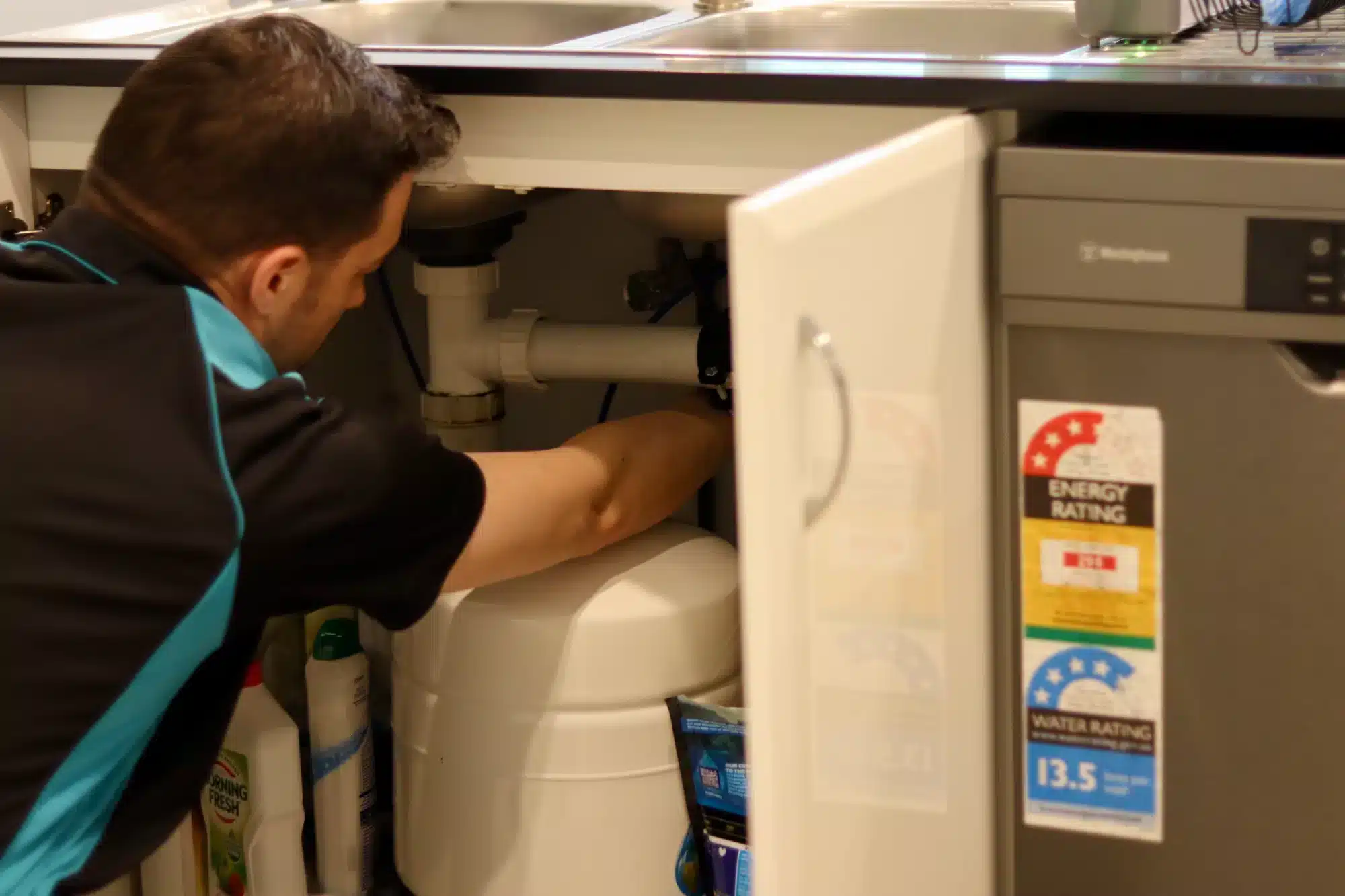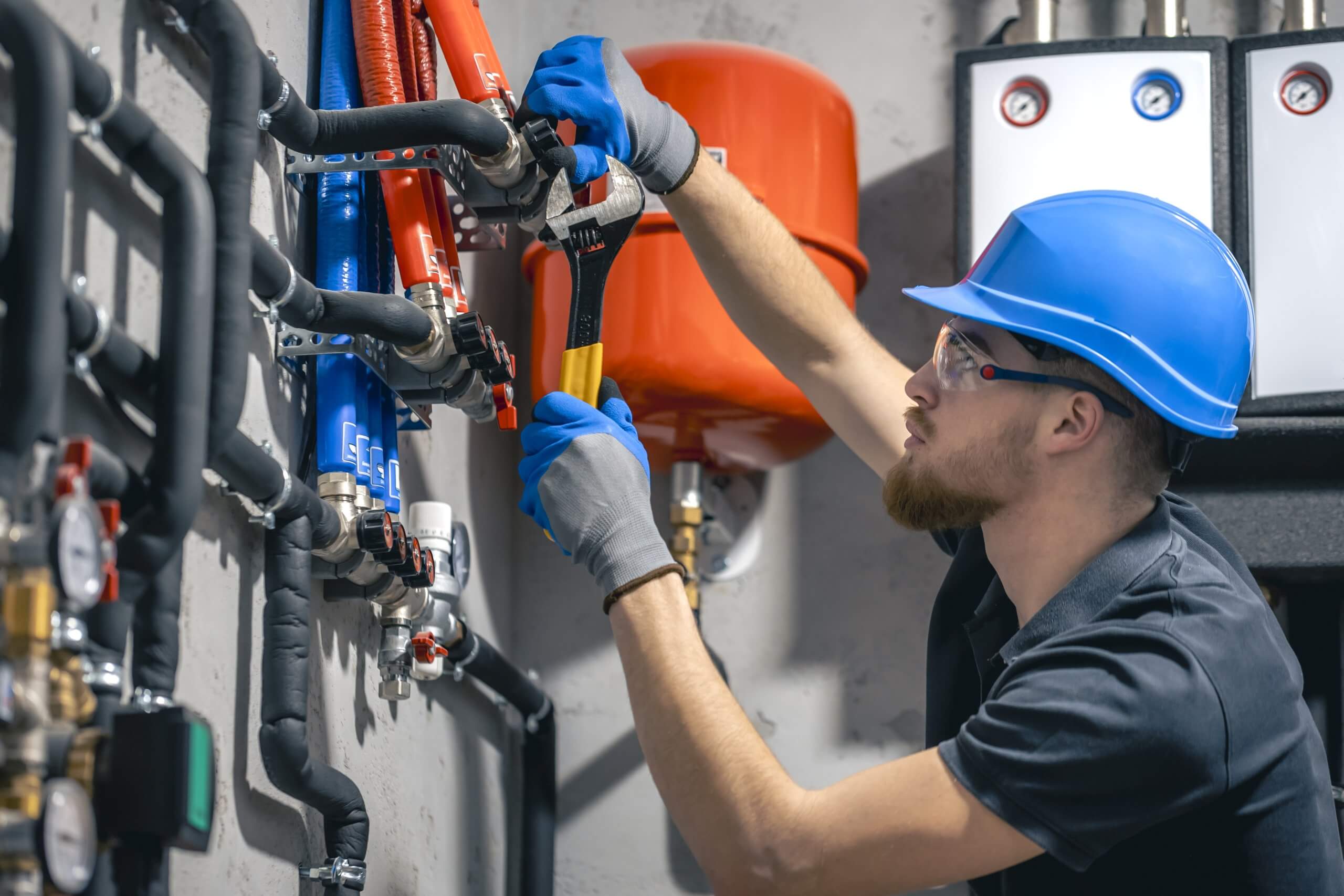A blocked toilet is one of those household problems that always seems to strike at the worst possible time. Whether it’s a minor clog or a more serious plumbing issue, a blocked toilet can quickly disrupt your day and cause unnecessary stress. Fortunately, there are several practical and effective solutions to help you resolve the problem swiftly—often without needing to call in a plumber. In this guide, we’ll walk you through the best tips and techniques to clear a blocked toilet and prevent future blockages, so you can get your bathroom back in working order with minimal hassle.
Understanding the Problem
To unblock a toilet, understanding that a blocked toilet is one of the most inconvenient and frustrating plumbing issues you can experience. Whether it’s a small blockage or a major plumbing nightmare, understanding the cause of the problem can help you figure out the best way to tackle it.
Common Causes of a Blocked Toilet
There are several reasons why blocked toilet drains may occur. Identifying the cause can sometimes help you prevent it from happening again in the future.
- Flushing Items That Shouldn’t Be Flushed
One of the most common reasons for a blocked toilet is flushing things that aren’t designed to go down the drain. Sanitary products like tampons, wipes (even those labeled “flushable”), and large amounts of toilet paper are the main culprits. These items don’t break down easily and can quickly cause a blockage. - Waste and Debris Buildup in the Toilet Drain
Over time, waste and other debris can build up in the toilet drain, leading to a clog. This is more common in older homes with plumbing that hasn’t been maintained properly. - Improper Disposal of Waste
If something solid is flushed, like paper towels, nappies, or cotton balls, it can create a severe blockage. Always be mindful of what goes into the toilet. - Clogged Pipes or Toilet Bowl Issues
Sometimes, the issue isn’t just with the toilet itself, but with the pipes that carry waste away. Tree roots, mineral build-up, or ageing pipes can also contribute to blockages. - Sewer Backup
In some cases, the problem may not be with your toilet at all but with the main sewer line. A backup in the sewer system can lead to water and waste backing up into your toilet, creating a serious issue.
DIY Methods to Unclog a Toilet
If your toilet is blocked and you’re looking for a DIY fix, there are several household items and techniques you can use before resorting to calling a plumber.
Using Household Items
- Baking Soda and Vinegar
A tried-and-true method for clearing minor blockages is using a mixture of baking soda and vinegar. Pour 1 cup of baking soda into the toilet bowl, followed by 1 cup of vinegar. Let the mixture sit for about 10 minutes to allow the chemical reaction to work its magic on the clog. This can break down the blockage, allowing water to flow freely again. - Hot Water
Hot or boiling water can help dissolve some types of clogs. Pour a pot of hot (but not scalding) water into the toilet bowl from waist height to create pressure. Let it sit for 10-15 minutes to see if the blockage breaks up. - Dish Soap
For stubborn clogs, mixing a 1/4 cup of dish soap with warm water and letting it sit for 5-10 minutes can help break down grease and debris that might be causing the problem. The soap’s slippery properties can help loosen the blockage, making it easier to clear. - Wire Coat Hanger
If the clog seems particularly stubborn, you can use a wire coat hanger as a makeshift plumbing snake. Straighten the wire and carefully insert it into the toilet bowl to try and break up the clog. Be gentle to avoid damaging the porcelain. - DIY Drain Snake
If you don’t have a drain snake, you can create your own by straightening a wire coat hanger or using a long flexible object. Insert the DIY snake into the toilet’s drain and twist it to break through the blockage.
Plunger and Auger Solutions
A Tried and Tested Tool: The Plunger
The plunger is a go-to tool when it comes to clearing blocked toilets. Using a toilet plunger, you can create suction that loosens the blockage in the drain. When using a plunger, be sure to choose the right one for your toilet type—flange plungers work best for toilets—and use it properly to avoid causing further damage to the toilet or pipes.
Using a Toilet Auger
If the plunger doesn’t do the trick, you might need a toilet snake or toilet auger. This specialised tool is designed to break through more serious blockages. With its long, flexible cable, a toilet auger can clear clogs deep in the drainpipe, ensuring water flows freely again. An auger is an invaluable tool for those who often deal with toilet blockages.
Chemical Solutions
Enzyme-Based Chemicals for Clogged Toilets
If DIY methods aren’t effective, adding liquid dish soap and enzyme-based drain cleaners can help break down organic matter like hair, waste, and toilet paper. These eco-friendly chemicals work by breaking down the solid material causing the blockage. They won’t work on objects like wipes, but they can be an excellent solution for smaller clogs. Make sure to follow the instructions carefully and be patient, as these enzymes can take a little time to work.
Baking Soda and Vinegar
Baking soda and vinegar can also work on organic matter. As mentioned earlier, the bubbling reaction between these two ingredients can help break down waste and clear minor clogs.
Preventing Future Blockages
Regular Maintenance to Avoid Blocked Toilets
To keep your toilet from getting blocked in the future, regular maintenance is key. Check your toilet for leaks and damage and perform simple tasks like cleaning the drain and bowl regularly.
Avoid Flushing Items That Can Cause Blockages
The best way to prevent blockages is to be mindful of what you flush. Avoid flushing anything that doesn’t dissolve in water, such as sanitary products, wipes, nappies, or large amounts of toilet paper.
Use a Homemade Drain Cleaner
Instead of using harsh chemical cleaners, consider making your own natural drain cleaner with baking soda, vinegar, and hot water. This will help prevent buildup without damaging your pipes.
Connection to Bathroom Sink and Blocked Drain
How a Blocked Toilet Affects Your Bathroom Sink
In some cases, a blocked toilet can cause water to back up into the bathroom sink. This may be a sign that there’s a larger plumbing issue, such as a clog in the main sewer line. If you notice your sink backing up when the toilet is clogged, it’s a good idea to investigate further.
When to Call a Professional
Exhausted All Options?
If you’ve tried all the DIY methods and your toilet is still clogged, it’s time to call in a professional plumber. A plumber has the expertise and tools to inspect your toilet, pipes, and drains to identify the root cause of the problem. They can also take care of more complex issues, like a blocked sewer line or damaged pipes, that may be beyond your ability to fix.
Conclusion
Final Notes on Unclogging a Clogged Toilet
A blocked toilet can be an inconvenient and unpleasant problem, but there are plenty of DIY solutions for unclogging toilets that can help you clear the blockage before calling a plumber. If you’re careful and patient, you can often fix the problem yourself with household items, a plunger, or a toilet auger. However, if the blockage persists or the problem is more serious, don’t hesitate to contact a professional plumber. They can help identify the issue and restore your toilet to working order.
Frequently Asked Questions (FAQs)
How to unblock a badly blocked toilet?
If your toilet is badly blocked, try using a plunger first. If that doesn’t work, a toilet auger or a mixture of baking soda and vinegar might help. For particularly tough blockages, consider using a chemical drain cleaner or calling a plumber.
What do you do when your toilet is clogged?
Start with the simplest method: use a plunger. If that doesn’t work, try hot water, dish soap, or a DIY drain snake. If the clog persists, a professional plumber may be needed.
How do I unclog an Australian toilet?
Australian toilets generally operate the same way as other toilets. Use common clog-clearing methods like plungers, baking soda and vinegar, or a toilet auger. Be sure to avoid flushing non-biodegradable items.
Will a toilet clog eventually dissolve?
A mild clog caused by organic matter might dissolve on its own over time, but it’s usually faster to clear it manually or with one of the DIY methods above.
How do you unblock a heavily blocked toilet?
For a badly clogged toilet, start with a plunger. If that doesn’t work, try a toilet auger, or use a mixture of baking soda and vinegar. For stubborn clogs, a plumber might be needed.
How to unblock a deep toilet clog?
A deep clog often requires a toilet auger, which is designed to reach further into the drain and break up the blockage.
How to unblock a badly blocked toilet pipe in Australia?
If the blockage is in the pipes, it may require a plumber’s snake or even professional tools to clear it. Don’t hesitate to call a plumber if you’re unable to remove the blockage yourself.
What is the strongest thing to unclog a toilet?
A toilet auger is often the strongest and most effective tool for tackling serious clogs, especially when other methods fail. For chemical solutions, enzyme-based cleaners can work well for organic blockages.






